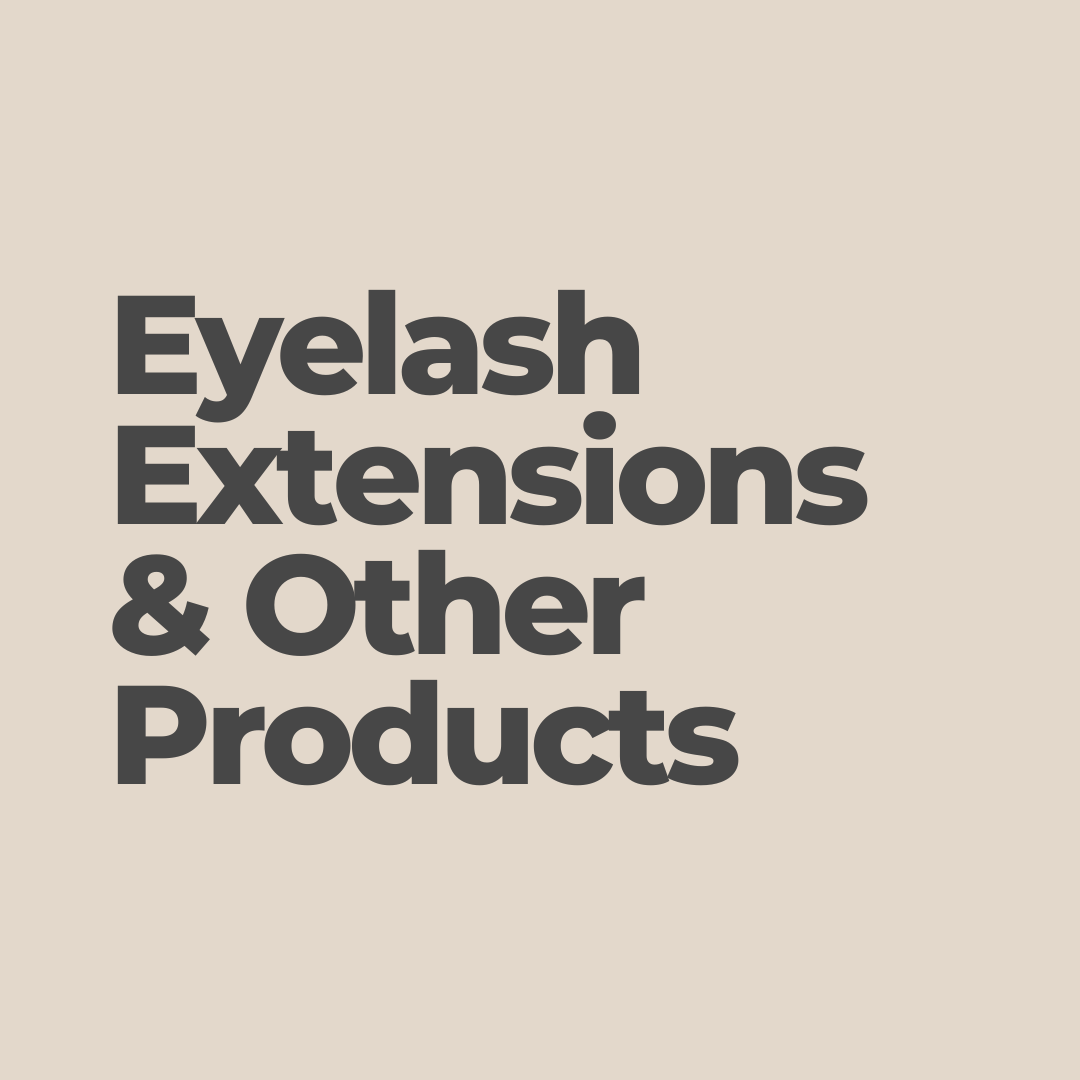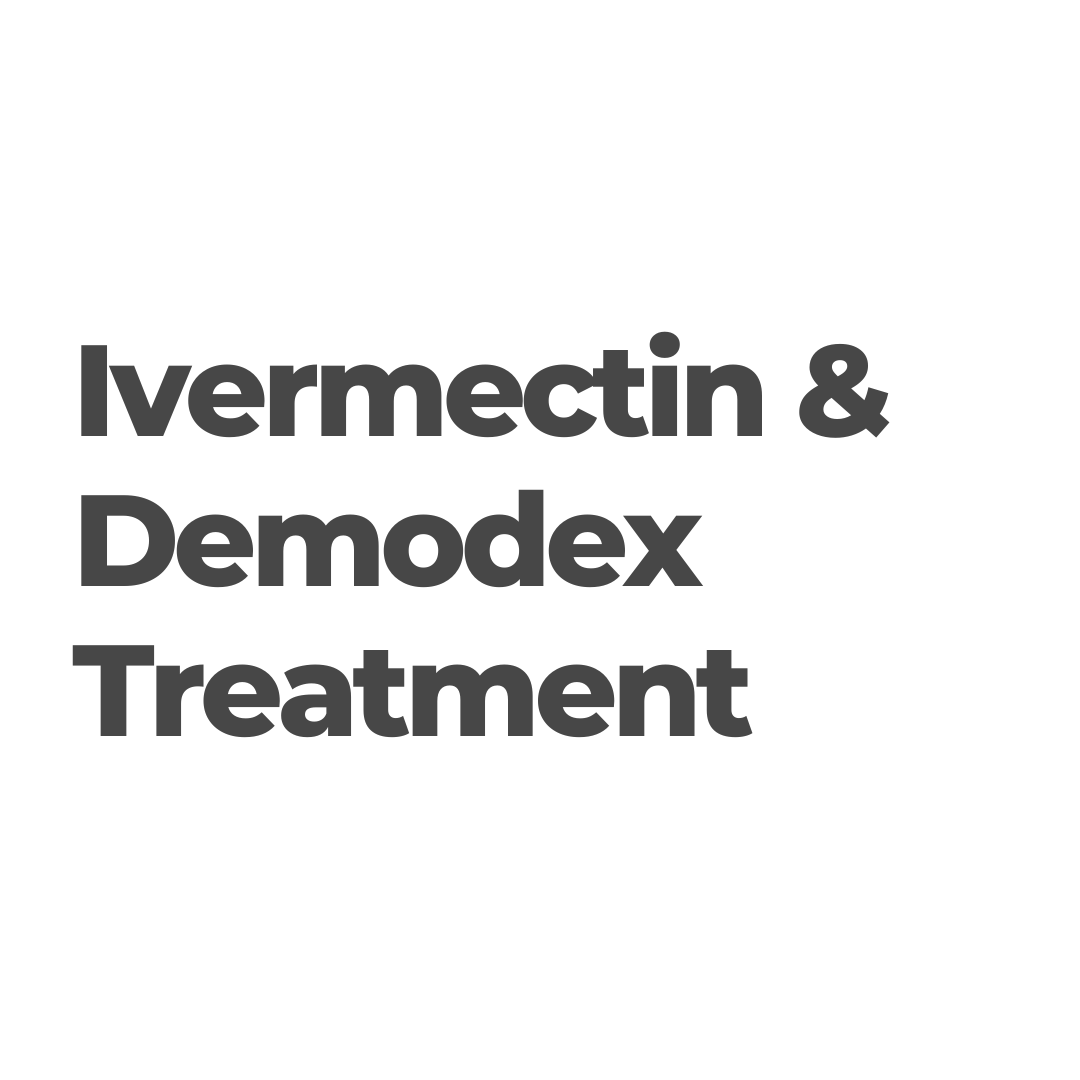Every day, millions of Australians use skincare and makeup, particularly eyeliner and mascara, which are applied within close proximity to the meibomian glands and eyes.
Other commonly used cosmetics include creams, concealers, and eye shadows that are applied directly onto the eyelids and can be absorbed into the delicate eyelid skin or flake into the eye and tear film.
Without it, some people wouldn’t leave home to shop, work or see friends.
Eyelash Enhancements
False Eyelashes & Eyelash Extensions
Wearers of false eyelashes are commonly not educated about their product. Whether patients wear ‘strips’ or individually glued-on eyelashes, a makeup artist (or a friend) or sometimes the product instruction manuals may tell the person to avoid washing the eyelid area. This is due to fear of losing or damaging lashes, leaving a breeding ground for bacteria, fungus, and even Demodex.
Advantages:
- Enhances your appearance with a natural look, particularly when using high-quality lashes.
- Shed gradually along with your own lashes.
- Permanently affixed to your natural lashes, eliminating the daily removal and application routine.
- Lash extensions possess additional weight, which can lead to more frequent shedding of your natural lashes and potential weakening of regrowth.
- Your eyelashes naturally shed every 30 days. However, the use of extensions may speed this process up and cause permanent damage.
- Improper care may result in blepharitis, characterized by itchiness and irritation along the lash line.
- Lash extensions come with a notable cost, as maintenance necessitates refills every 3-4 weeks, typically ranging from $120 to $180.
- The glue used to adhere the false lash to the existing lash has been associated with contact dermatitis, allergic reactions, and inflammation that can exacerbate blepharitis.
- The most common component in eye lash glues is cyanoacrylate, the adhesive chemical in superglue. Cyanoacrylate, is a monomer formed from the condensation of formaldehyde and cyanoacetate.
- Eye irritation appears very soon after exposure to formaldehyde.

This patient presented with significant blepharitis and complaints of dry eye 2 weeks after application of eyelash extensions. The patient admitted to discontinuing eyelid hygiene to prevent damage to the extensions.

(A) after improper application of eyelash extensions applied to superior line of Marx (B) one day prior, blocking meibomian glands. This patient had to have the false lashes removed immediately due to her severe ocular symptoms.
The Do's & Do Not's of Eyelash Extensions
Do's
- Try not to touch them much, particularly during the first few hours. The more you touch them, the more oils from your fingers get on them, the more strain on the last root etc.
- Keep them as dry as possible for at least 24-36 hours. This means, it's ideal if you don't wash your hair during this time. However, if you need to, use only lukewarm water, and keep water off your eyes. This also includes avoiding steamy environments, very hot showers, spas, saunas etc. for 24 hours as a minimum. If it's a very hot and humid day, try to stay our of the heat.
- All of this will allow the adhesive to cure as strongly as possible.
- After the 24 hour mark, they are technically waterproof, however, if you are swimming or sitting in a hot spa daily, they probably won't last quite as long as if you didn't, more from rubbing the when water gets in your eyes.
- If you have a very oily face, try to control this as much as possible with blotting papers, mattifying lotions etc. and by using oil-control moisturizer.
- Make sure you are using oil-free products on your face, particularly eye makeup removers and cleansers. We recommend Aelo Eye Lash Cleanser.
- Clean them properly, at leas a few times a week with a foaming lash cleanser.
Do Not's
- Do not play with or pick at your lashes, rub your eyes roughly. If you are a picker, it can really damage your natural lashes.
- Do not use oily products on your eyes or face.
- Do not use waterproof or oil based mascara or eyeliner.
- Do not use any mascara if you can help it.
- Do not sure baby wipes/makeup wipes/cotton pads to wipe makeup off them.
- Do not try to remove them yourself - as it may damage your natural lashes.
- Do not use cleansing oils, coconut oil etc. on your face if you want the lashes to last.
- Do not put strip lashes on top of them unless you are prepared to lose a few of your own lashes when you try to take them off.
Mascara
- Mascara serves not only to enhance the volume of your lashes but also to provide them with a striking appearance and colour.
- You can opt for waterproof varieties that will adhere to your eyelashes for an extended period.
- While mascara can deliver impressive results, the higher-end options may come with a steeper price tag, and opting for cheaper alternatives might lead to issues like clumping and a watery consistency.
- Take heed of the ingredients – some formulations may contain chemicals that can potentially cause discomfort, itching, and even infections, especially if not removed properly.
- Improper removal techniques, such as tugging or excessive scrubbing, could result in lash breakage and damage.
- Potential eye concerns include blepharitis and dry eyes.
Eyelash Growth Serum
More info on lash serums in our 'Dangers of Lash Serums' blog post
- Side effects - unwanted hair growth, increased iris pigmentation, itchiness, redness, eyelid and skin hyperpigmentation (which can be permanent).
- Temporary shedding might occur, potentially due to lashes being in the telogen phase, the final stage before natural shedding.
Eyelash Tinting and Dyeing
Eyelash tinting and dyeing has been associated with severe conjunctival reactions, swelling, watering, and acute inflammation secondary to chemical toxicities and allergic reactions to the chemicals and dyes used around the eyes.
Liquid Foundation and Eyeliners
The eyelid margin is an area of great concern with regard to overall tear film stability and ocular health, yet current beauty trends recommend that this is the perfect place to apply eyeliner.
Most patients are unaware that the eyelid margins contain the meibomian gland terminal ductules, which are important oil gland openings for delivering protective oils to the tear film. However, trending makeup application techniques such as waterlining or tightlining often block meibomian gland orifices and introduce chemicals that may interfere with ocular health.
Eyeliner applied on the inner portion of the lash line has been shown to migrate into the eye 15% to 30% of the time.
Eye makeup should only be applied to the outer eyelash line to reduce its migration to the ocular surface.
Eye Creams
Creams and cosmetics used in beauty routines are often applied around the eyes, and vitamin A, retinoids, and parabens present in these formulations can have negative effects. These ingredients have been shown to cause significant toxicity to human meibomian gland cells in culture, and this is suspected to contribute to meibomian gland dysfunction and atrophy, and therefore potentially to dry eye disease.
Preservatives in Eye Cosmetics
More info on preservatives in our 'Cosmetic Considerations' blog post
Cosmetics products are often stored until long after their use-by date (for example, three to six months after opening). More than this, every time a product is used, the products themselves are re-inoculated with microbes. The longer they’re kept, the greater the potential for an eye infection or inflammation.
Liquid foundation and Eyeliners commonly contains preservatives
- Preservatives
- Common preservatives may include: phenoxyethanol, parabens or chlorphensin
- Methylparaben, ethylparaben, phenoxyethanol and chlorphenesin are toxic to meibomian glands.
Eye Makeup Removers
More info on preservatives in our 'Cosmetic Considerations' blog post
Popular makeup removing wipes, including those for sensitive skin, contain irritating preservatives such as benzalkonium chloride, which is known to be an eye irritant.
These chemicals can cause inflammation and irritation around your skin and eyes, so when you take your makeup off, you are adding new irritants to your face that you will be sleeping with all night.
Your eyes and skin never gets a break!
We’ve all seen patients who removed their makeup yet still have significant cosmetics debris on their eye lids and tear film.

The chemicals in makeup removers may not be ocular surface friendly, thus further compounding the issue. For example, benzalkonium chloride (BAK) is in the leading liquid makeup remover. Given the FDA cosmetics-labelling requirements of listing ingredients in descending order of amounts, the position on the list of BAK means it is possible that the final BAK concentration in some liquid eye-makeup removers is far higher than anything in ophthalmic prescription drops.
Summary
Put simply, some people just love wearing cosmetics!
However, if you are concerned about giving up makeup or you want to wear false eyelashes, you can still use regular eyelid hygiene with Aelo Eyelid & Eyelash Cleanser. This cleanser will help reduce anterior blepharitis and will not interfere with false eyelashes. It is also free of benzalkonium chloride (BAK), which can be irritating to the eyes.






